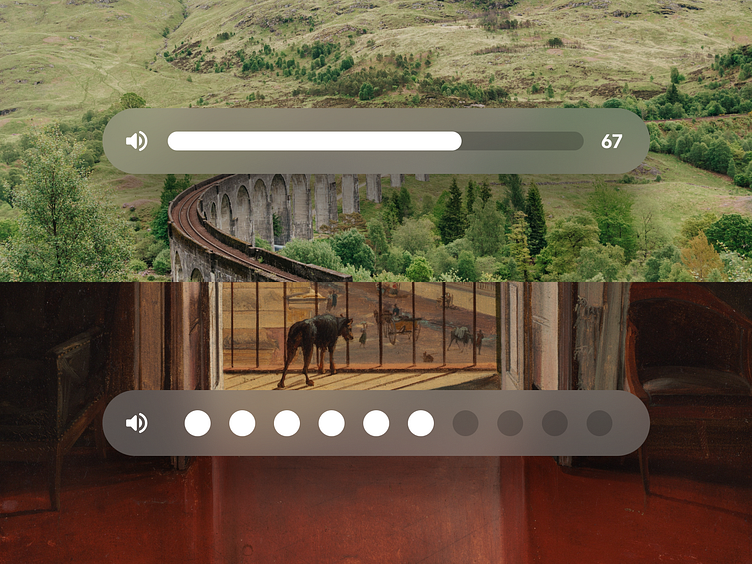Direct & Indirect Volume Controls 🏓
The volume dials on my grandmother's radio work as a direct control over the level of loudness I want to hear.
The volume up and down buttons on tv remotes today are an indirect control that's where there is a lot of friction. Binging a beautifully written new season of Sex Education on Netflix, I needed to quickly jump between low and high volumes which was a menial job with the finely controlled volume interface.
Thought maybe instead of that, if there were simpler shortcuts to maybe double tap to jump 10% volume or something like that, it could work. That's when I remembered the volume interface old TVs had. Simple 10 blocks. That old interface would still work better. 😊
To better understand this, try imagining this as sound. Imagine the sound of the smooth, precise volume control. It would be "Bloooooooooop". And then for the segmented control would be "tuk-tuk-tuk-tuk-tuk". When you imagine it this way, it feels a lot faster :P
I suppose this is why the macOS volume indicator (see image below) is segmented the way it is. On the contrary, Windows has a precise volume control. And although the precise volume control might seem appealing, I have never felt the need for it on macOS using the segmented control.
A similar example to this is how changing volume on an iPhone using the physical buttons feels quite slow and heavy compared to doing it directly on the screen which feels light and quick. That's the difference between indirect and direct control.

